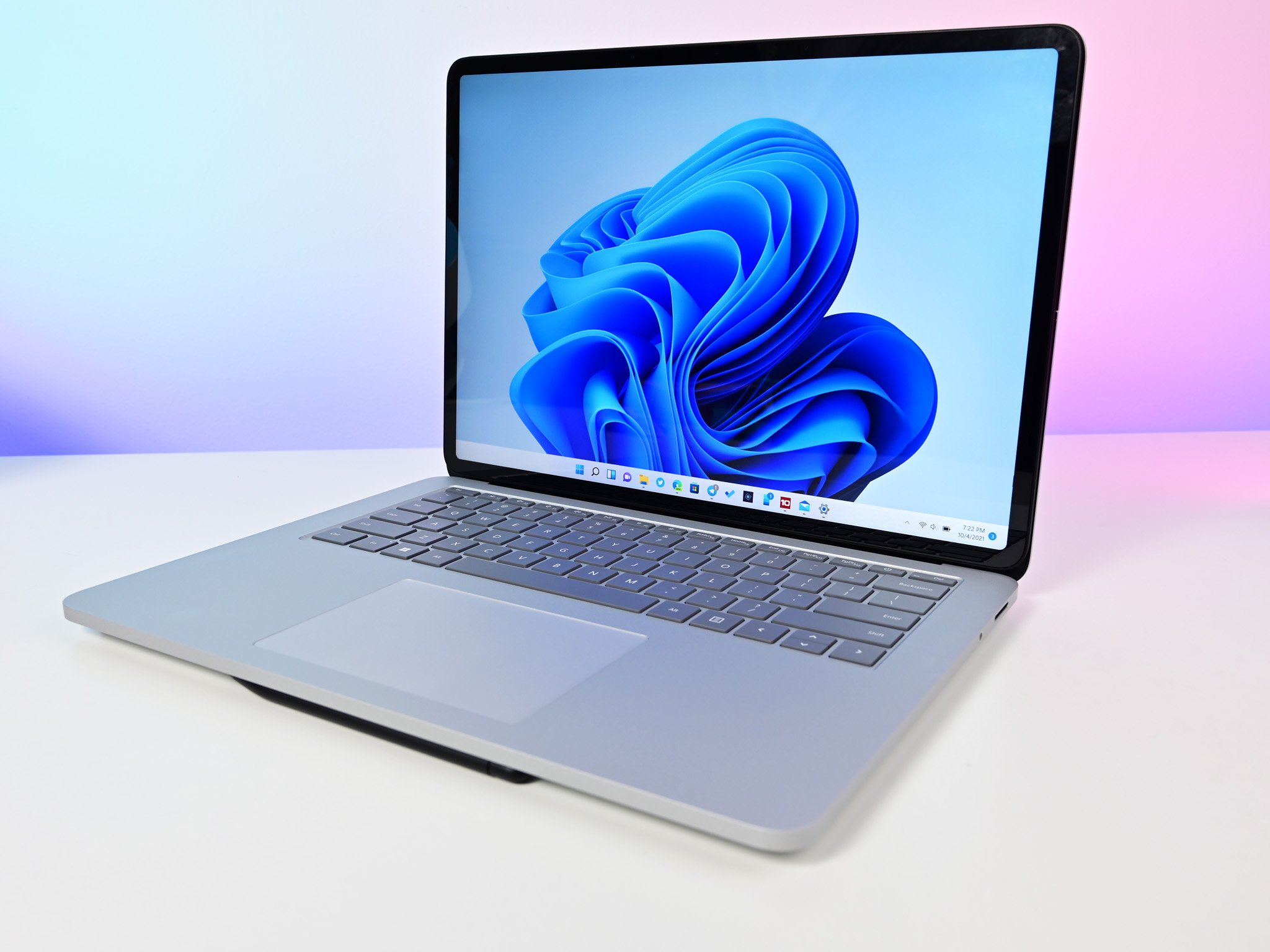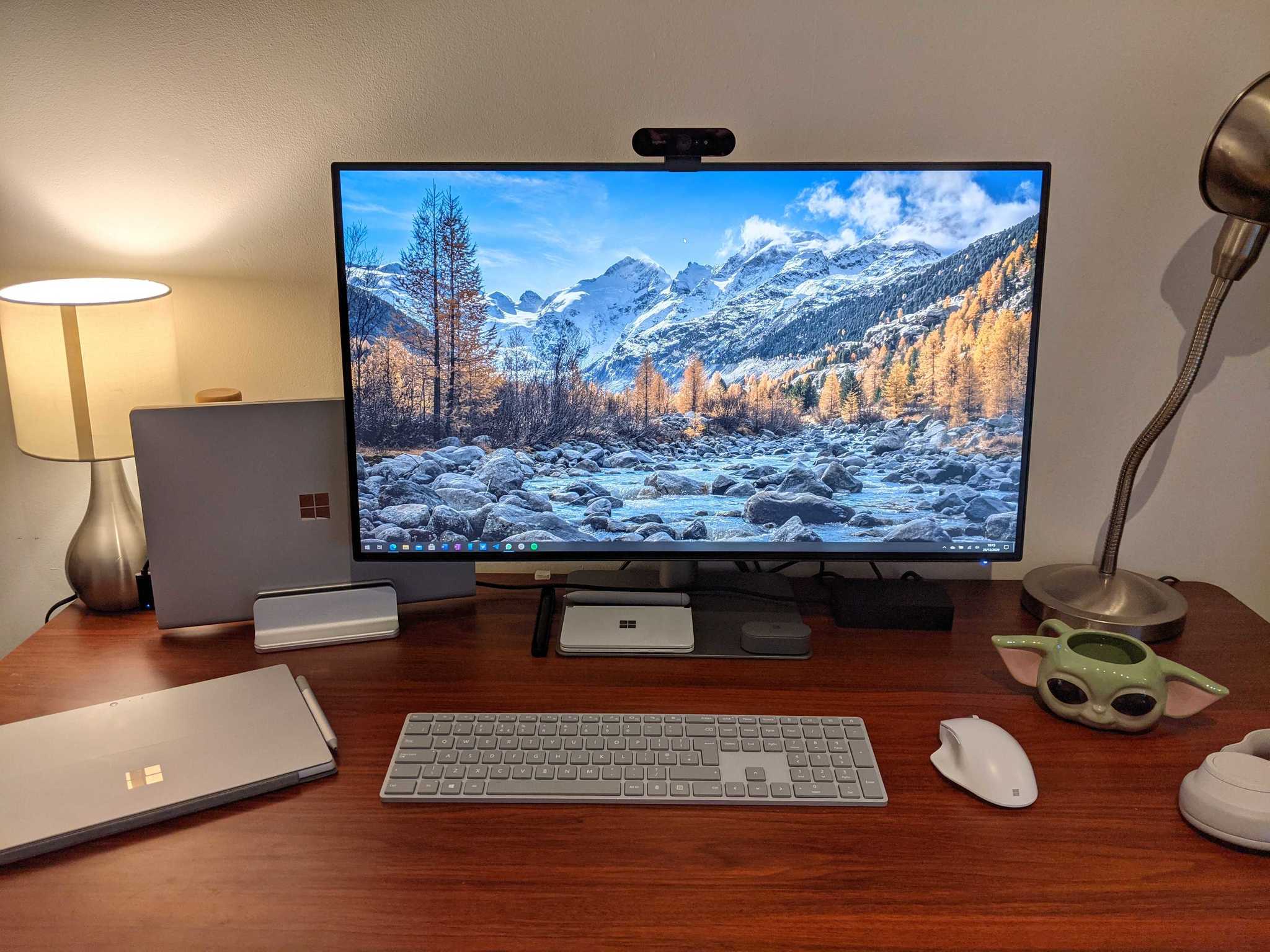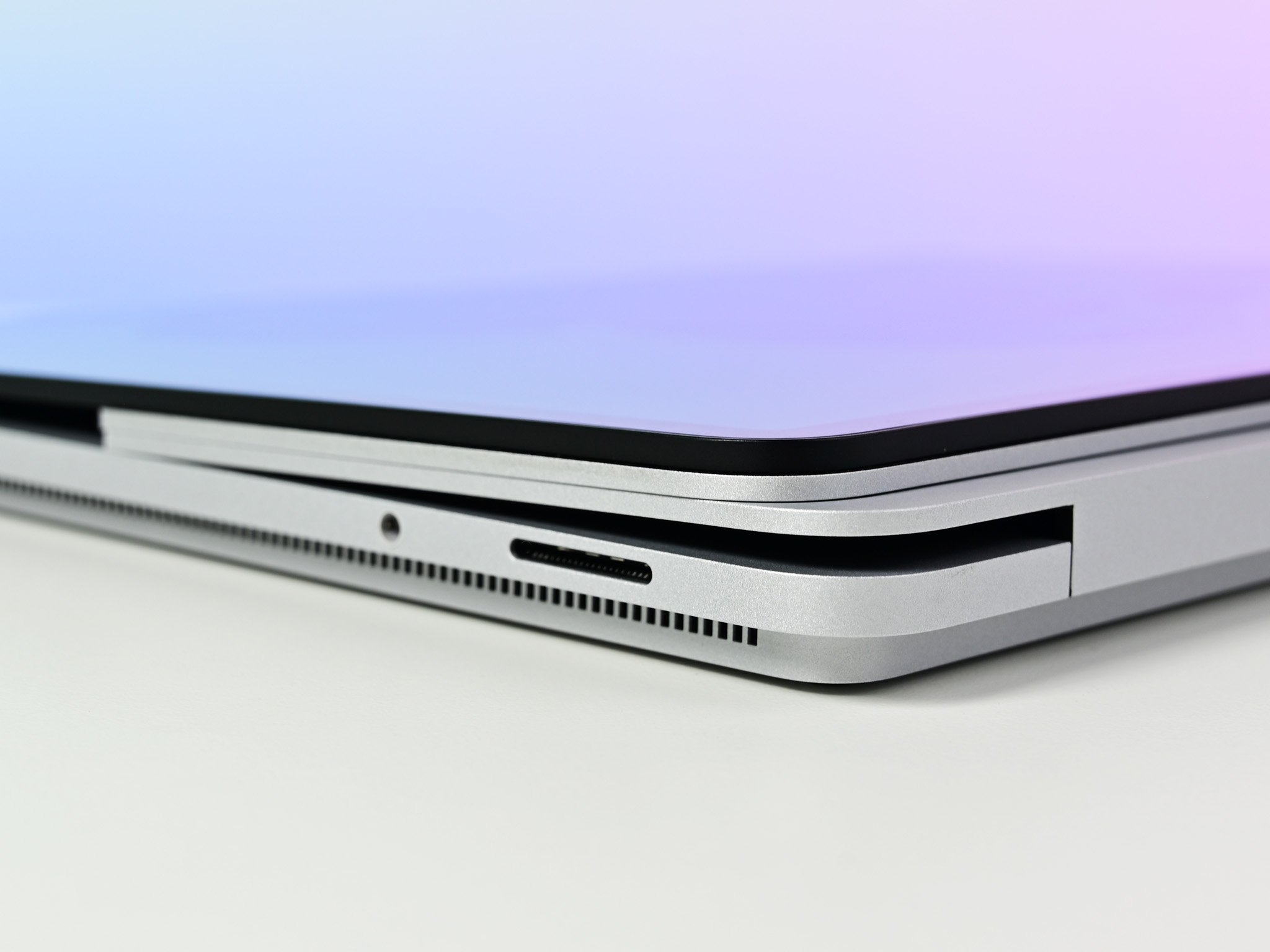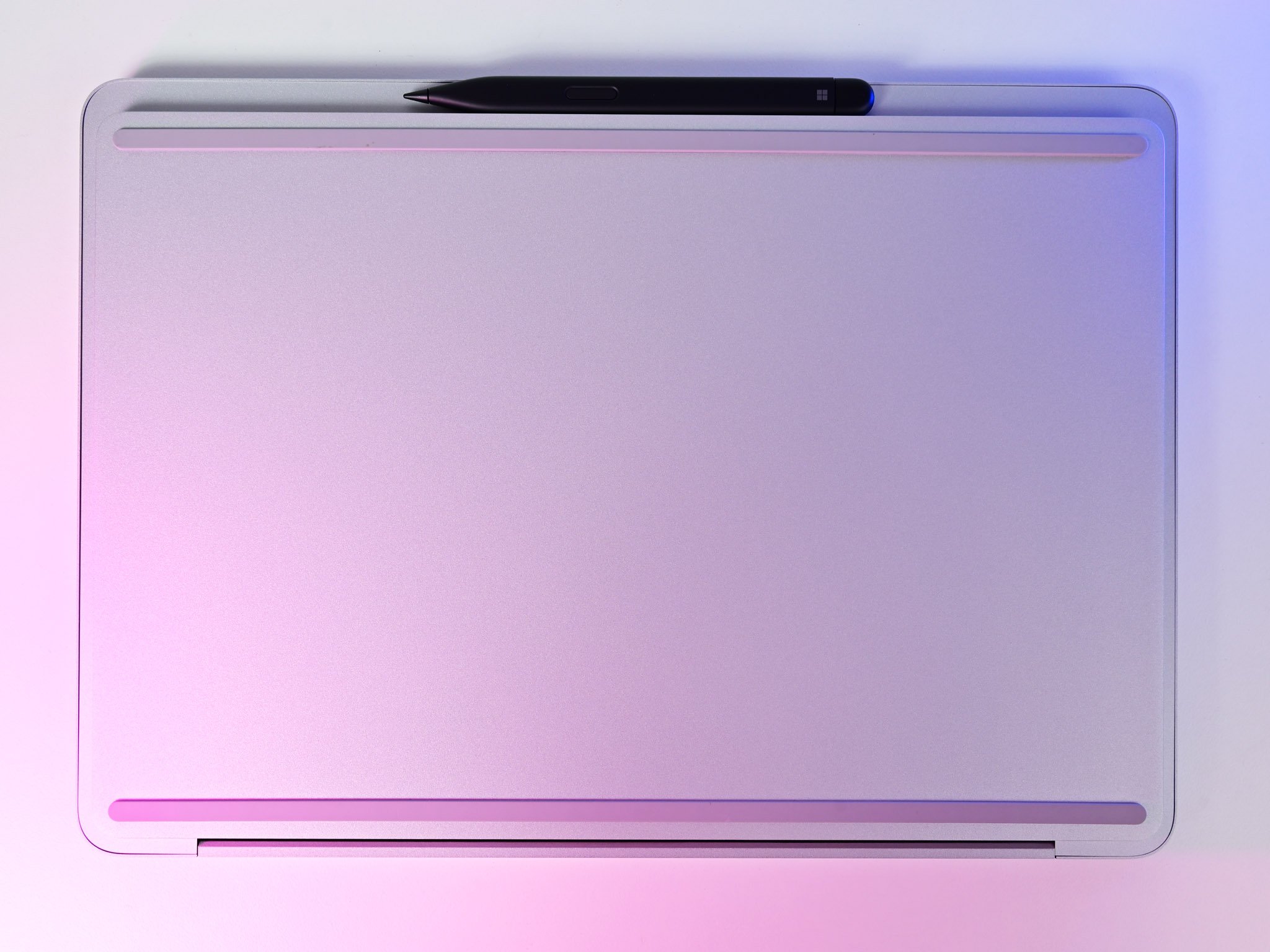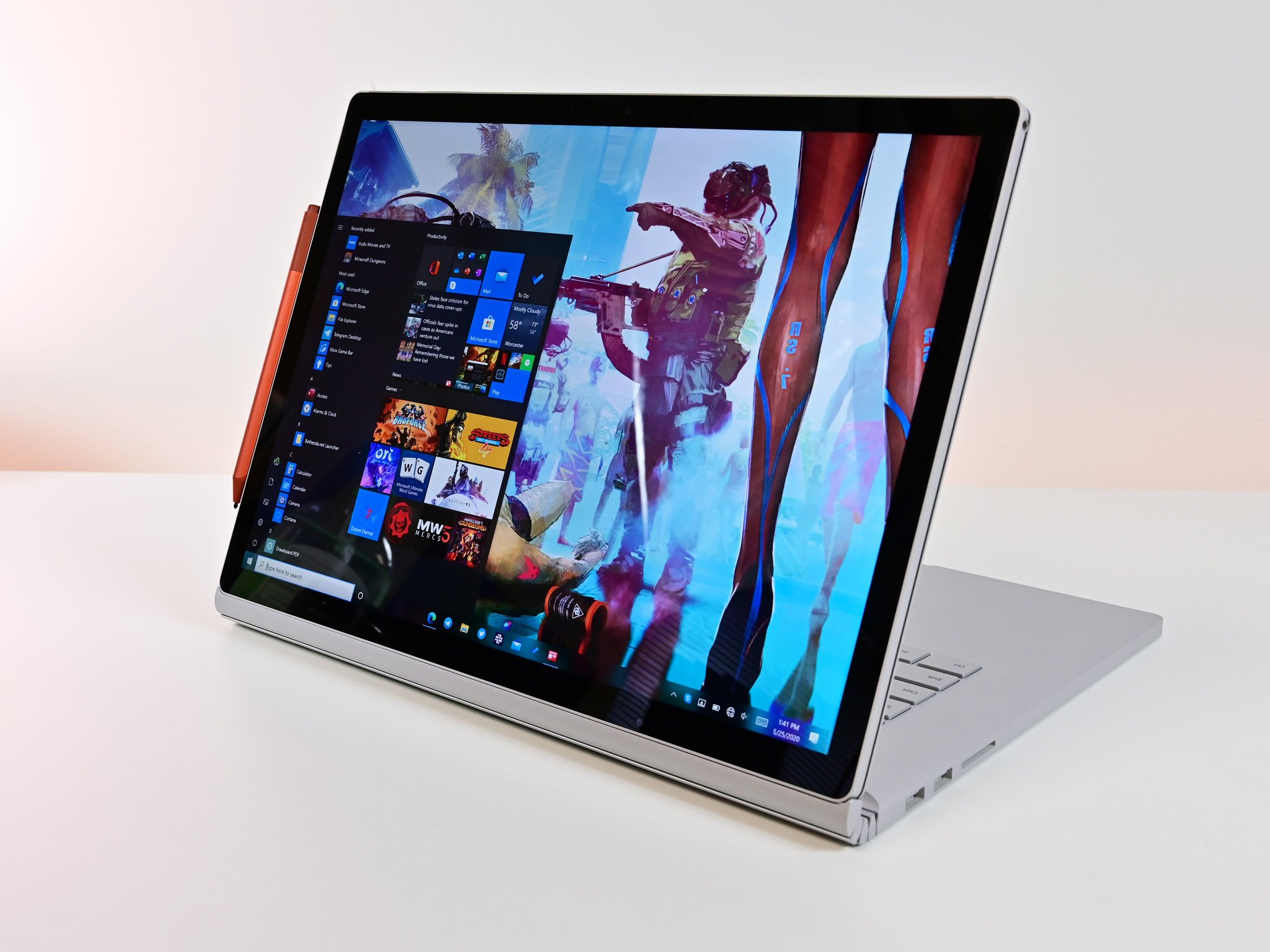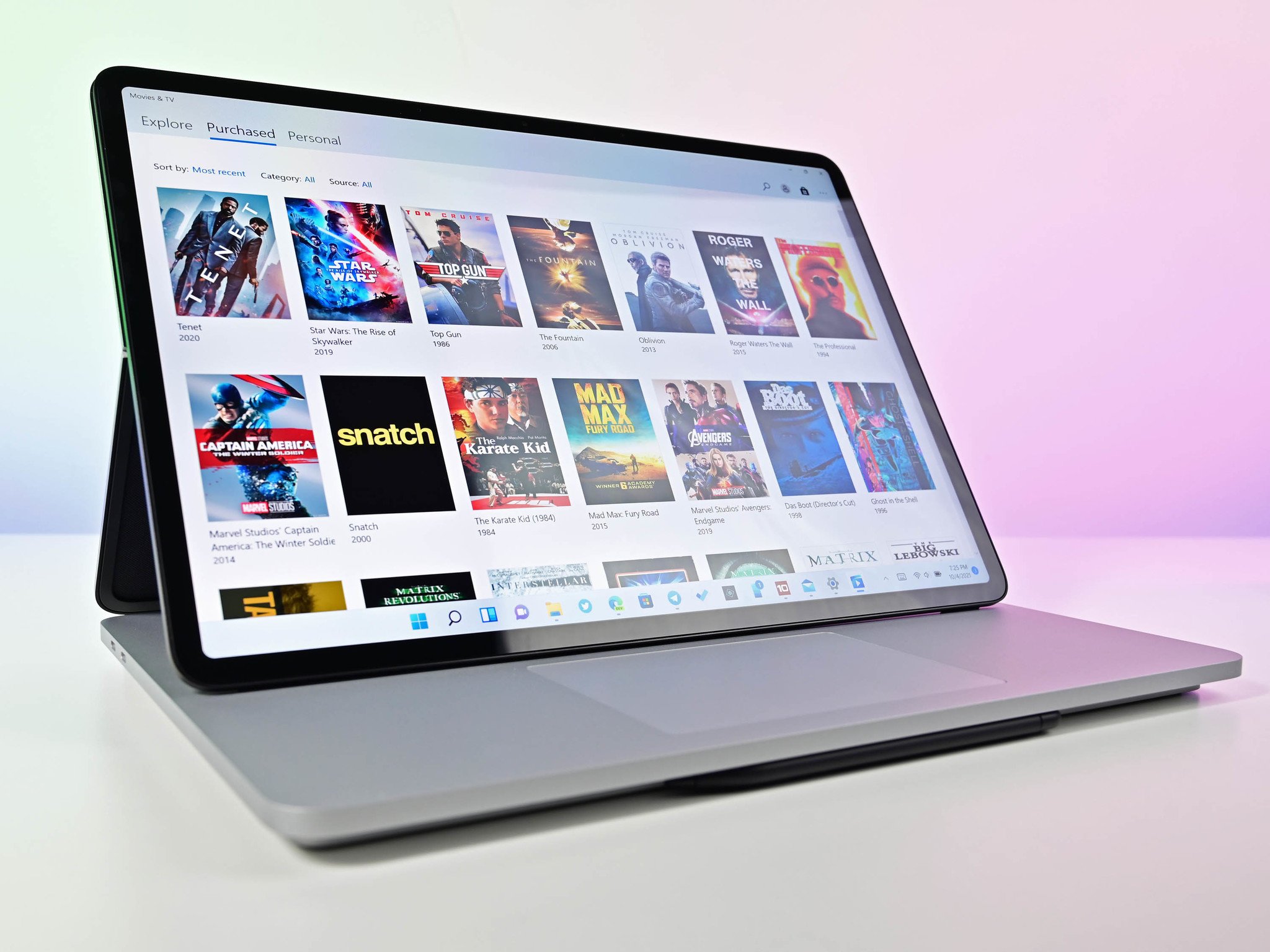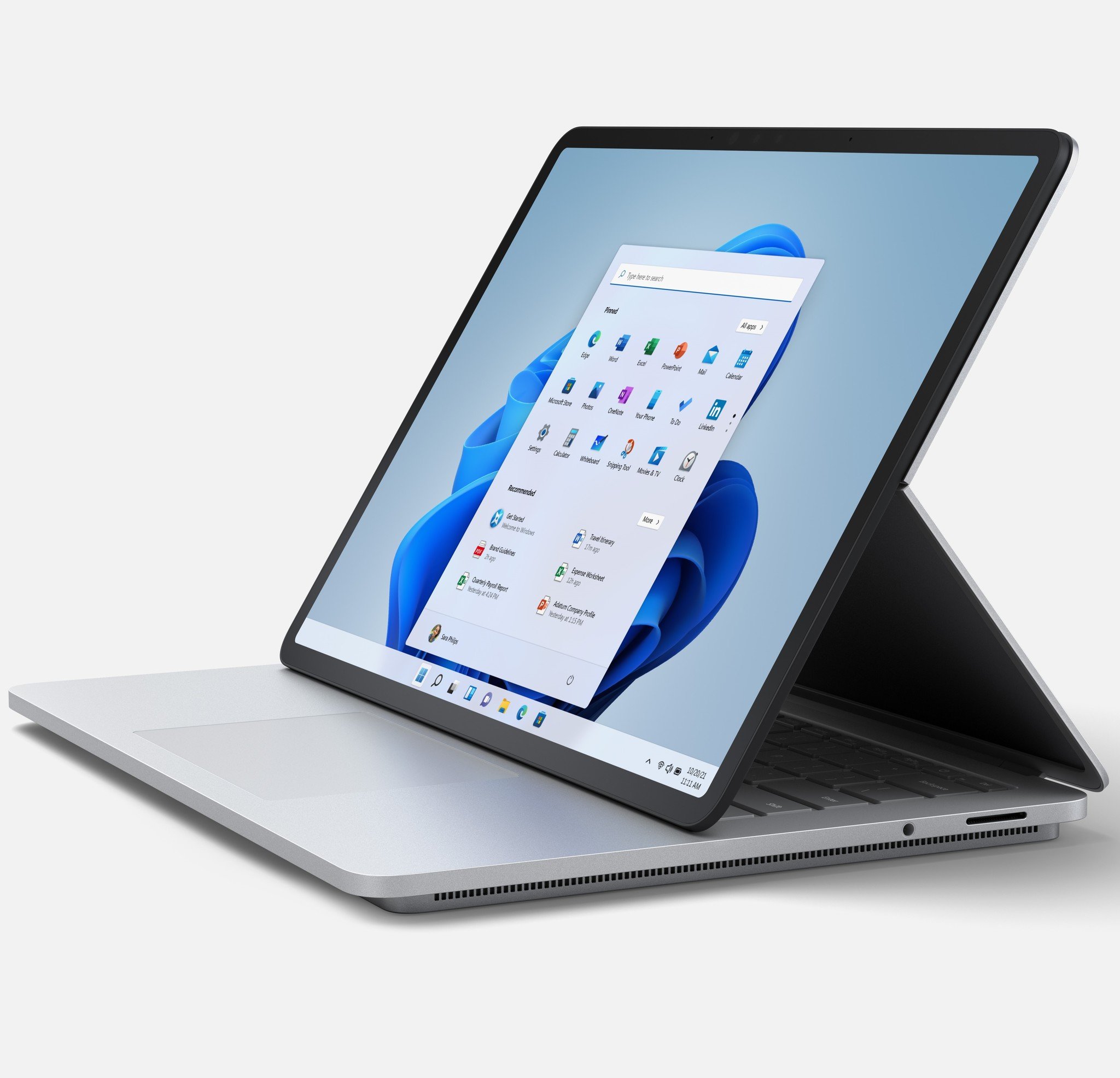Thoughts on the Surface Laptop Studio coming from a Surface Book 3 user.
I've been a Surface Book user since the first one was unveiled back in 2015. I dabbled with the Surface Laptop a bit in 2017, but ultimately found myself back with the Surface Book form factor when push came to shove. There's just something about that design that I couldn't get away from; the magnesium finish, the sharp 3:2 display, the hinge, all of it when put together made a laptop that I couldn't help but love.
Unfortunately, the Surface Book was not a perfect product. Its unique design came at the cost of an imbalanced product that was very top heavy and not all that powerful in the CPU department considering its position in the Surface product portfolio. It was essentially a Surface Pro that could detach from a real keyboard deck and GPU packaged in a unique chassis, but was that worth the trade-off in CPU performance?
Because the "brains" of the Surface Book were in the display portion, Microsoft was thermally limited in the kind of chips it could put in there. This ruled out the Surface Book line for many potential buyers looking for something with more power that a Surface Pro under the hood. If the design of your product is limiting its potential growth, then that design isn't sustainable.
And that's exactly what we've seen happen with the Surface Book and the introduction of the Surface Laptop Studio. Surface Book 3 was a real letdown for me, as it was the point in which I was expecting Microsoft to finally figure out how to make the Surface Book a true Surface for power users, and not a glorified Surface Pro with a GPU.
I even tried to replace my desktop with a Surface Book 3 and Surface Dock 2 setup, but after two weeks I was back using my desktop because the CPU just couldn't keep up with some of the tasks I'm required to do in my workflow. Anything that taxed the CPU for longer than a few minutes would see the Surface Book throttle to the point of it being unusable. It even happened as I was hosting the Windows Central Podcast.
In fact, the 13.5-inch Surface Book 3 doesn't even have a fan for the CPU, which should tell you everything you need to know about how fit for purpose the Surface Book 3 was for power users. The answer is it wasn't, and that was becoming a problem for me and I'm sure many other potential buyers looking for a "MacBook Pro" alternative in the Surface line.
It's not surprising that Laptop Studio ditches the detachable design.
So it comes as no surprise to me that the Surface Laptop Studio ditches the ability to detach the display entirely. I assume the detachable nature of the Surface Book was a selling point for only a very small subset of users, because I certainly never utilized it. The selling point for me over a Surface Pro or Surface Laptop was the dedicated GPU and larger, higher-resolution display. It was not the detaching screen.
With that in mind, I know there are people out there who did in fact buy the Surface Book because its display could detach. Those people will be disappointed by the Surface Laptop Studio, but outside of that specific use case, I think the Surface Laptop Studio is an upgrade in pretty much every way. It does the Surface Book line justice and is deserving as a successor to that product line. Here's why.
It's still a unique laptop
Just like the Surface Book, the Surface Laptop Studio embraces unconventional beauty. That's sort of what Surface does best. The Surface Book's hinge was a design choice that many questioned at first, but over time people grew to love it. The same will happen with the Surface Laptop Studio's weird double-layered design which sees the keyboard deck sitting above a smaller base.
I also think the Surface Laptop Studio does a better job at switching between postures. Surface Book required you to detach, flip around, and reattach if you wanted to use it in any mode other than laptop. On Surface Laptop Studio, you just pull the display forward and you're good to go in less than a second. It keeps you in your flow and doesn't get in the way of your work.
I can tell you that I've used the Surface Laptop Studio in stage mode this past week more than I ever detached the Surface Book in the six years I've used one.
I'm also here to tell you the keyboard and trackpad on Surface Laptop Studio is leaps and bounds better than the Surface Book, and the Surface Book had a pretty good keyboard and trackpad. The keyboard on Surface Laptop Studio might be the best laptop keyboard I've ever put my hands on. It's tactile, clicky, responsive, and so satisfying to use.
The trackpad is now haptic enabled too, so it no longer physically moves. Some may like this change, others not so much. I personally love it, and the different levels of intensity really let you dial in the kind of click you want. The Surface Book's trackpad was a little small, and VERY loud compared to the Laptop Studio, and other Surface devices for that matter.
There's other little design changes that I really like on the Surface Laptop Studio that make using this device feel better than the Surface Book. The bezels are thinner with rounded corners, which looks really modern compared to the Surface Book. The feet underneath are also much more pronounced and grippy, whereas the Surface Book's feet are basically non-existent.
Magnesium is still here and makes Laptop Studio feel great.
And I really like how the Surface Laptop Studio maintains its magnesium finish. Surface Pro and Surface Laptop have switched over to using recycled aluminum, which is fine, but magnesium is a "Surface" thing that I think makes it stand out amongst other laptops, so I'm glad it's still here on Surface Laptop Studio.
Regarding ports, the Surface Book probably has the more favorable selection of port options. But it also misses out on Thunderbolt 4, which I think is a huge upgrade for any device. Surface Laptop Studio only has two TB4 USB-C ports, compared to the Surface Book's two USB-A ports and single USB-C port. The Surface Book also has an SD card reader, which I know is a must-have for those who deal with video.
Thunderbolt 4 on the Surface Laptop Studio enables the ability to do things such as attach an external GPU, giving it more graphical power if the 3050 Ti inside isn't cutting it for you. That's not something you can do on the Surface Book, which is forever limited to the GPU is has on the inside.
Better specs (and room to grow)
Then there's the specs story. Already, the Surface Laptop Studio is at an advantage, finally having a CPU that can be taxed for long periods of time without throttling. It's sufficiently cooled, and the chip itself is able to draw more power as a result. It is still a 4-core CPU, but this design allows for Microsoft to put in even more powerful chips in the future.
The Surface Book was backed into a corner due to its design, but that's not the case with Surface Laptop Studio. It would be very easy for Microsoft to make a 15- or 16-inch Surface Laptop Studio in a year or two with true 6- or 8-core processors inside. That would have never been possible with the Surface Book's design.
In the GPU department, it's a mixed bag. The 3050 Ti in the Laptop Studio trades punches with the GTX 1660 Ti Max Q in the 15-inch Surface Book 3, but it outright beats the GTX 1650 in the 13.5-inch Surface Book 3, which I'd argue is a more accurate comparison to make. The thin bezels on Surface Laptop Studio make this device feel more like the 13-inch Surface Book than the 15-inch one.
And that comes back to how I think it's likely that Microsoft will make a more powerful 15- or 16-inch version in the future, because this new design leaves the door wide open to meaningful processor and GPU upgrades down the line. It's a sustainable design, unlike the Surface Book's that quickly found its limit.
On to the display resolution, which is the only other area outside of ports that the Surface Book still wins out in. Surface Book's display is beautiful, and in my opinion, one of the best you can find on a laptop. It's a very high resolution with a PPI of 264. Surface Laptop Studio has a lower resolution and a PPI of 201, which, to me, is a noticeable difference.
That's not to say the Surface Laptop Studio's display is bad, because it isn't. It's still an amazing display with great color accuracy, and the 120Hz refresh rate makes the slight resolution downgrade totally worth it. But there's no denying that the Surface Book's display looks sharper when compared side by side.
The display has hidden benefits thanks to its slightly lower resolution.
There are also a couple of hidden benefits to the lower display resolution that I don't think many have realized. The lower resolution helps prolong battery life, which when paired with a 120Hz refresh rate is super important. But the other thing that this lower resolution does is change the display scaling of Windows to 150%. Surface Book's display scaling is at 200%, which is great, but Windows isn't good at switching between display scales when docked to external monitors.
Most 4K monitors these days are scaled at 150%, so moving a window between a 4K monitor and the Surface Book's display would require Windows to resize that app on the fly, which can make text and icons look blurry and often cause all kinds of UI bugs to pop up over time. Surface Laptop Studio doesn't have this problem, because its default scaling is also set to 150%, just like most external monitors.
Overall, I really think the Surface Laptop Studio is a better Surface Book in most categories. Sure, its display isn't' as crisp and ports not as rich, but outside of that, the Surface Laptop Studio is the preferred device over the Surface Book any day of the week. It just feels nicer to use. As I sit in front of both, the Surface Laptop Studio is just nicer, and that's important too.
Surface Laptop Studio
Bottom line: Surface Laptop Studio delivers a powerful, flexible, workstation-style PC perfect for artists, engineers, and some light gaming. No other laptop currently does everything it can do at this level. But, like all Surfaces, you pay for that experience.
From $1,600 at Microsoft From $1,600 at Amazon From $1,600 at Best Buy
Be sure to check out our full Surface Laptop Studio review if you're interested in benchmarks and a more in-depth look at the hardware. Also be sure to check out our best Windows 11 PCs roundup if you're interested in what new hardware you can get with Windows 11 support.
via https://AiUpNow.com October 8, 2021 at 12:36PM by Zac Bowden, Khareem Sudlow,
